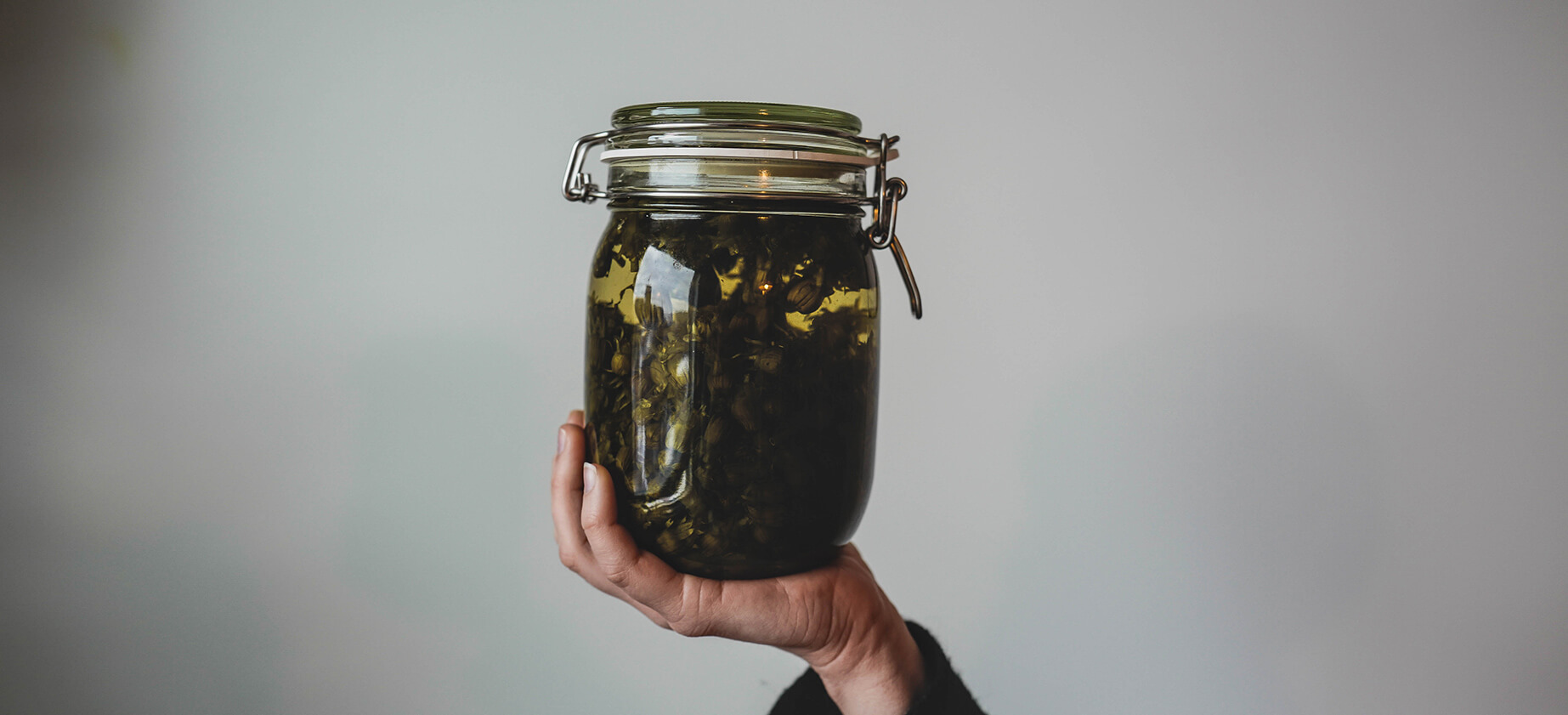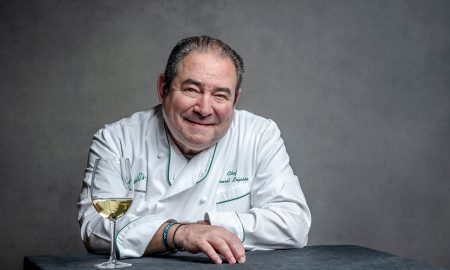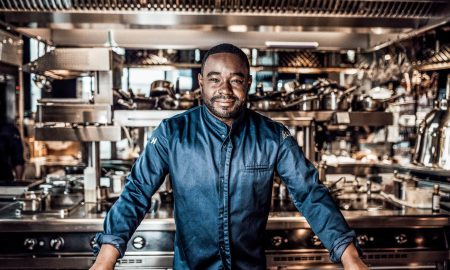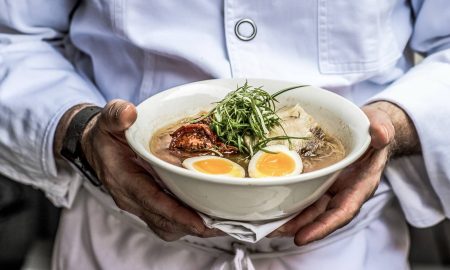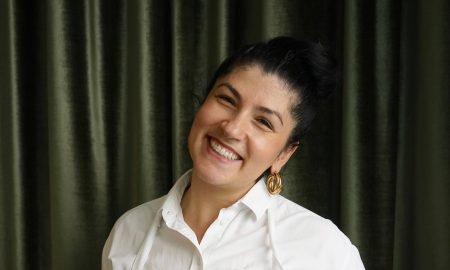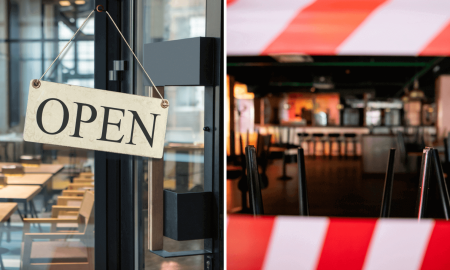He is supported not only by his partner Lauri Kähkönen and a young team, but also by millions of kitchen helpers. While Toni’s employees cut vegetables and polish jars in the open kitchen of the small restaurant on Albertinkatu in the hip district of Punavuori, the invisible staff – microorganisms in the form of lactic acid and vinegar bacteria – make themselves useful in the preserving jars. They diligently split starch molecules and advance chemical fermentation processes. And they really don’t ask for much in return: All they need is room temperature and keeping out the air and bacteria that hinder them in their work. But what has happened since those days when the Finns were already thinking about winter in the summer? Toni Kostian does not want to keep this to himself. His passion for experimenting with preserving is well known and he is happy to share his experience.
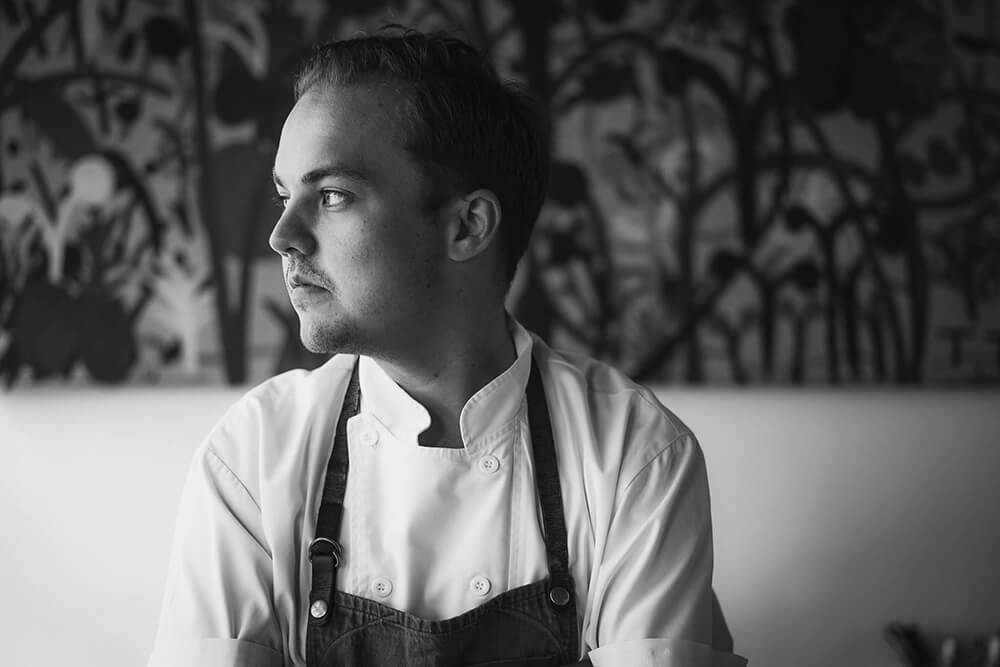
Toni Kostian / Image: Toni Kostian
Toni, fermenting is as old as cooking itself. How did you become interested in this topic?
I had been interested in the traditional Finnish techniques for some time. About eight years ago I started to devote myself more intensively to it. At first glance, fermentation is quite simple, but it can also be very complicated and time-consuming. That’s when you start experimenting. And that is an important part of my cuisine. I sometimes do 30 to 40 tests until I am satisfied with the result. If you want to ferment something that you have not fermented before, say a fruit or a vegetable, you need to find out if and how many whey lactobacteria you need to add. And you have to test how long the fermentation process lasts until the product tastes the way you want it to. At the beginning you really never know what you’re going to get! And there are so many things that can go wrong. If you put the wrong bacteria in charge, everything is ruined.
How did you come up with the idea for your restaurant concept?
I wanted the cook in my own way, which was by using these methods. But nothing like this existed in Helsinki. This is why my partner Lauri Kähkönen and I came up with the idea of starting our own business. When we decided to do it and got the green light from the bank, I started to go out into nature and collect and conserve everything I could find. After six months we had 1000 kilograms of food in stock and had already bought all the equipment. Actually, the hardest thing was finding a location. Helsinki is not very big, you see. We had to keep looking around for a long time until we found a place that suited our needs. We opened in 2015.
Mise en place for a salad takes a few minutes, while a fermented vegetable can take weeks to prepare. How do you plan, prepare and recreate menus?
Our menu varies depending on the season. I go out into nature twice a week to gather ingredients. At this point I know where to get what I need and also what I already have in stock. For the individual courses on the menu, I always start with one ingredient and basically create the dish around it. We don’t ferment everything. We preserve most of our ingredients, some are dried, some are salted and we also use many fresh. But you’re definitely right. The planning really does take up a lot of time. If I just spent all my time in the kitchen, I couldn’t do that part of the work.
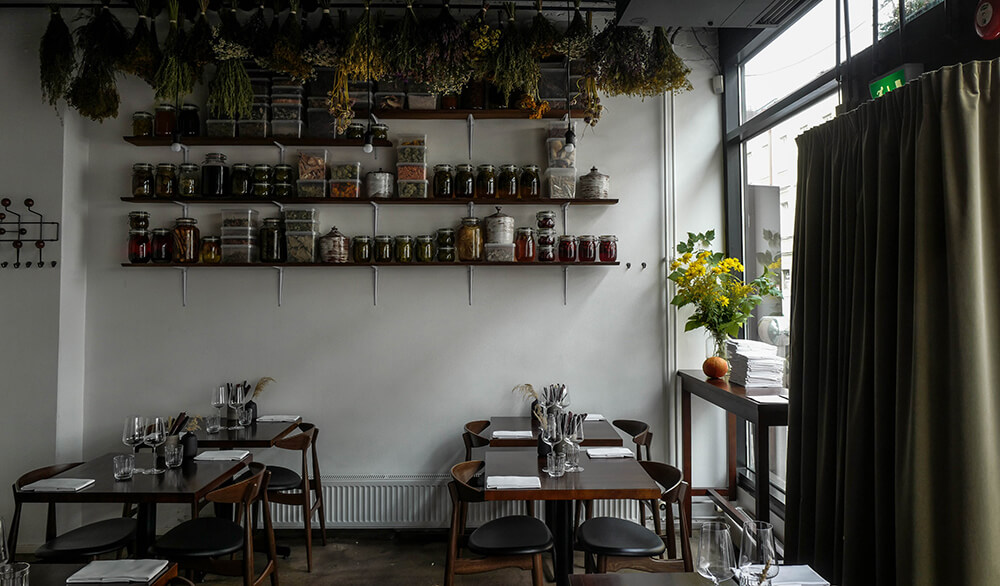
Restaurant Grön Interior / Image: Toni Kostian
How do your guests react to the fermented products?
For the most part positively. My cuisine is known to be spicy. I’m no follower of the trend that a carrot can only taste like a carrot. In other words, I like umami; when you ferment you get aromas you won’t find on any spice rack. Fermented food is also very healthy for our gut flora. Many of our guests already know this. But they need more understanding about the insects we use. Since acids play a major role in our crops, but lemons don’t grow in Finland, we looked for alternatives and discovered ants. We serve them frozen with strawberries. Sometimes we encounter skepticism about this. However, curiosity usually wins out in the end.
What new things have you created lately?
We are constantly creating new things. As a chef you always have to be curious; you should be interested in every tree, every mushroom. For this winter I fermented black currant leaves and also birch leaves and raspberry flowers, which I then dried. This process gives the leaves a tea-like flavor and we do actually serve them as herbal teas. However, some also find their way into various dishes.
What is your favorite fermented product?
At the moment it’s a wild onion that tastes like garlic. In other words, it’s really two-in-one.
What were you unable to ferment?
Brussel sprouts among other foods. That simply didn’t work out. I test a lot of things and sometimes you don’t even know for sure if something is good or not. I then take the products to the restaurant and let my staff taste them. If the team doesn’t say anything and just looks at me funny, then I know that it won’t work. If my staff doesn’t get it, neither will anyone else.


